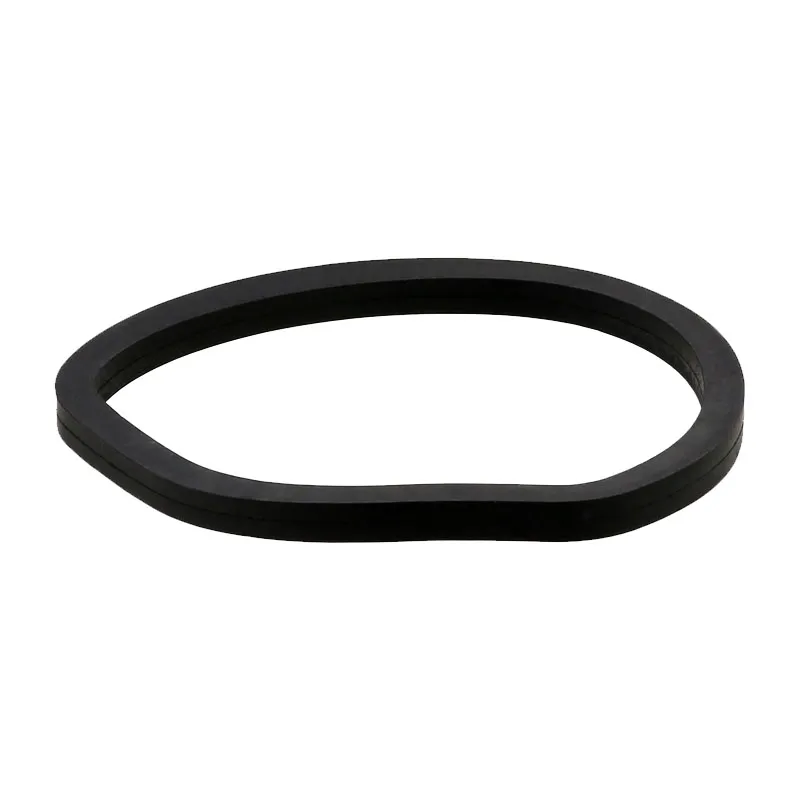shaft seal dimensions
Understanding Shaft Seal Dimensions A Comprehensive Guide
Shaft seals are critical components in various mechanical systems, serving as barriers to prevent the leakage of fluids and contaminants while allowing the rotation of a shaft. Properly designed and sized shaft seals are essential for ensuring the longevity and reliability of machinery. In this article, we will delve into the important aspects of shaft seal dimensions, their significance, and considerations for selecting the right seal for your application.
What Are Shaft Seals?
Shaft seals, often referred to as oil seals or rotary seals, are utilized in a myriad of applications, from automotive engines to industrial machinery. These seals function by creating a tight seal around a rotating shaft, thereby preventing lubricant leakage and blocking dirt and moisture from entering the system. This functionality is vital in maintaining optimal performance, reducing wear and tear, and prolonging equipment life.
Key Dimensions of Shaft Seals
When discussing shaft seal dimensions, several key measurements are essential
1. Inner Diameter (ID) This is the diameter of the shaft that the seal will fit around. It is crucial for the seal to fit snugly onto the shaft to prevent leaks.
2. Outer Diameter (OD) This refers to the diameter of the seal itself, which is designed to fit into the housing or bore. The OD must match the size of the sealing surface to ensure proper installation and function.
3. Width The width of the seal, also known as the cross-sectional thickness, is vital for ensuring that the seal makes adequate contact with both the shaft and the housing. This dimension affects the seal’s ability to withstand pressure and its overall durability.
4. Lip Design The design of the sealing lip is also crucial. Some seals have a single lip, while others may feature multiple lips for added protection against leakage. The shape and material of the lip will impact the seal’s efficacy and resistance to wear.
shaft seal dimensions

5. Spring Many shaft seals incorporate a spring around the lip, which helps maintain consistent contact with the shaft. The compression and material of the spring will influence how well the seal performs under various operating conditions.
Importance of Accurate Dimensioning
Accurate measurement of these dimensions is vital for the performance of shaft seals. An incorrectly sized seal can lead to premature failure, resulting in leaks that may compromise the entire system. For instance, an oversized ID may prevent the seal from creating a proper fit, while an undersized OD could lead to difficulties during installation. Both scenarios can result in significant downtime and maintenance costs.
Considerations for Selecting Shaft Seals
When selecting shaft seals, several factors must be considered beyond just the dimensions
- Operating Environment The temperature, pressure, and nature of the fluids involved greatly influence the material selection for the seal. For instance, rubber seals may be suitable for low-temperature applications, while Viton or PTFE may be preferred for high heat or chemical resistance.
- Shaft Speed The rotational speed of the shaft can have a significant impact on seal performance. High-speed applications may necessitate seals designed specifically for dynamic operation to reduce friction and wear.
- Installation Proper installation of the seal is crucial. Any misalignment or improper fitting can lead to rapid deterioration. It is essential to follow manufacturer guidelines to ensure correct installation procedures.
Conclusion
Shaft seal dimensions play a vital role in the functionality and reliability of various mechanical systems. Understanding these dimensions, along with the factors influencing seal selection, ensures optimal performance and longevity of equipment. By paying close attention to the inner diameter, outer diameter, width, and lip design, as well as considering the specific operating conditions, engineers and technicians can significantly enhance the effectiveness of shaft seals in their applications. Proper maintenance and routine inspections can also help in early detection of seal wear, ensuring continued operation and minimizing costs over time. In the end, investing time and resources into selecting the right shaft seal pays off in terms of performance and equipment longevity.
-
The Ultimate Guide to Boat Propeller Bearings and Trailer Wheel Bearings
News Jul.31,2025
-
The Essential Guide to Marine Bearings and Boat Trailer Wheel Bearings
News Jul.31,2025
-
The Complete Guide to Heavy Duty Seals: Protecting Doors and Spaces Efficiently
News Jul.31,2025
-
Essential Guide to Marine Shaft Bearings and Boat Trailer Axle Bearings
News Jul.31,2025
-
Comprehensive Guide to Marine and Trailer Bearings for Safe Boating and Transport
News Jul.31,2025
-
Comprehensive Guide to Automotive Oil Seals: Protecting Your Engine and Shafts
News Jul.31,2025
-
Understanding Automotive Oil Seals: Essential Components for Engine and Shaft Protection
News Jul.30,2025
Products categories















